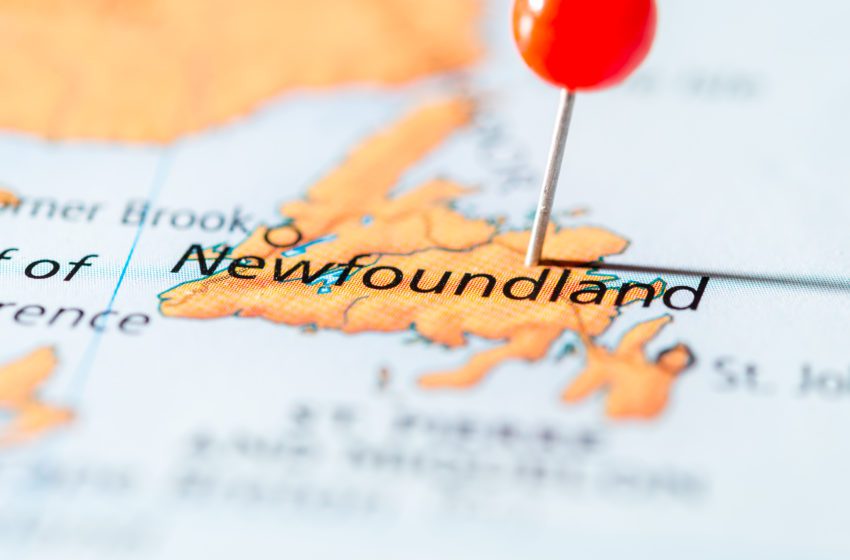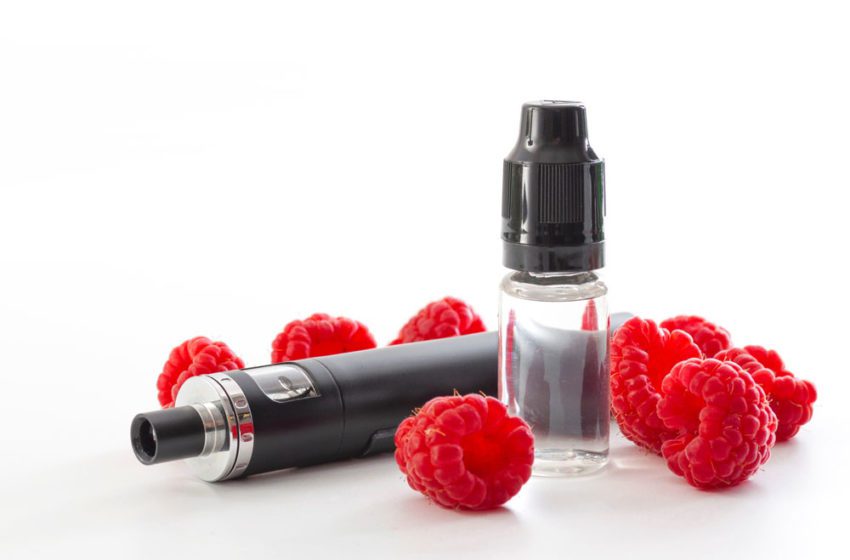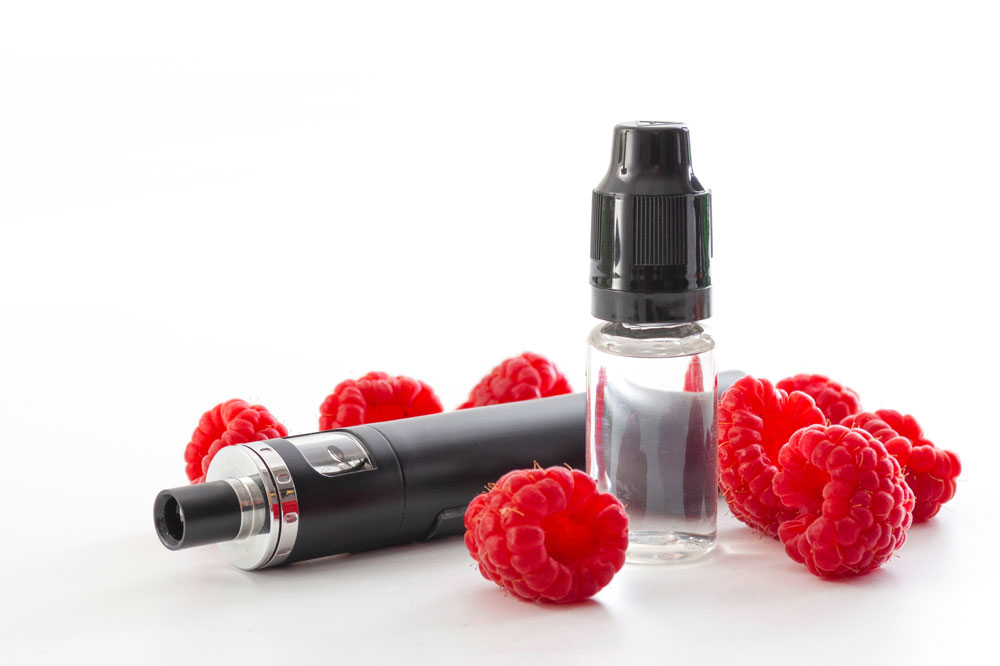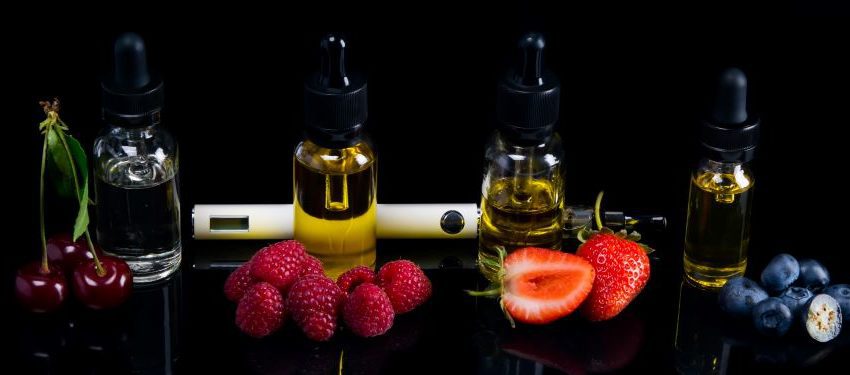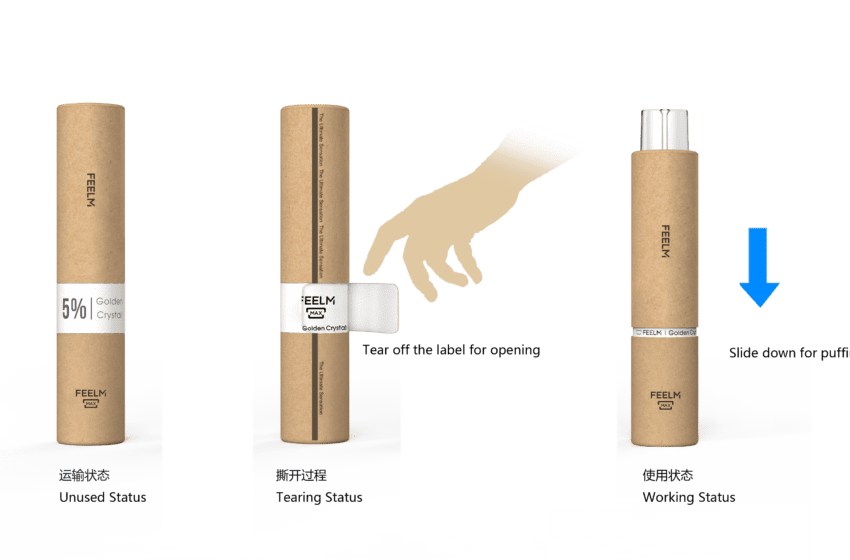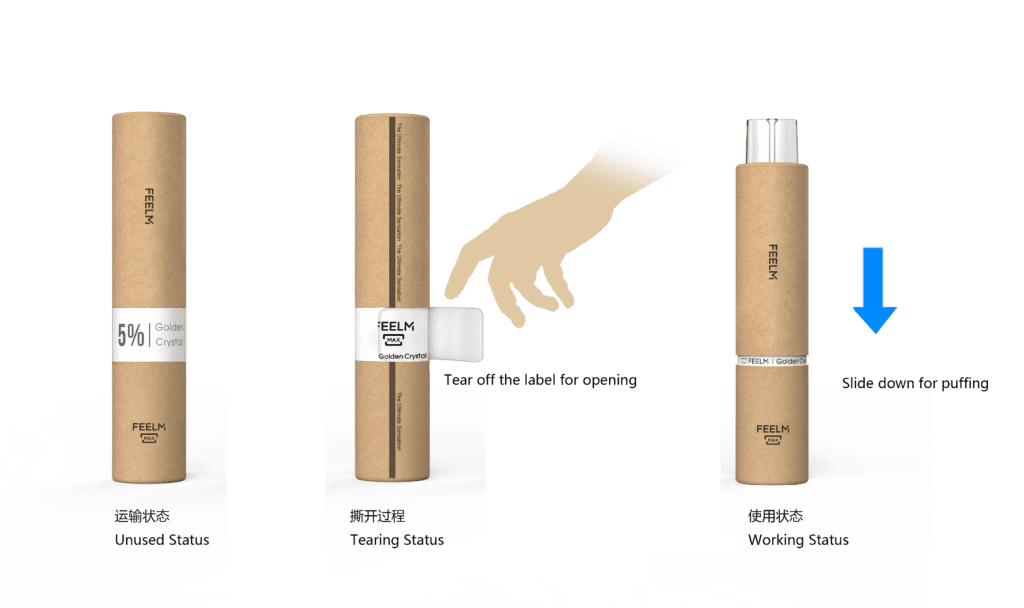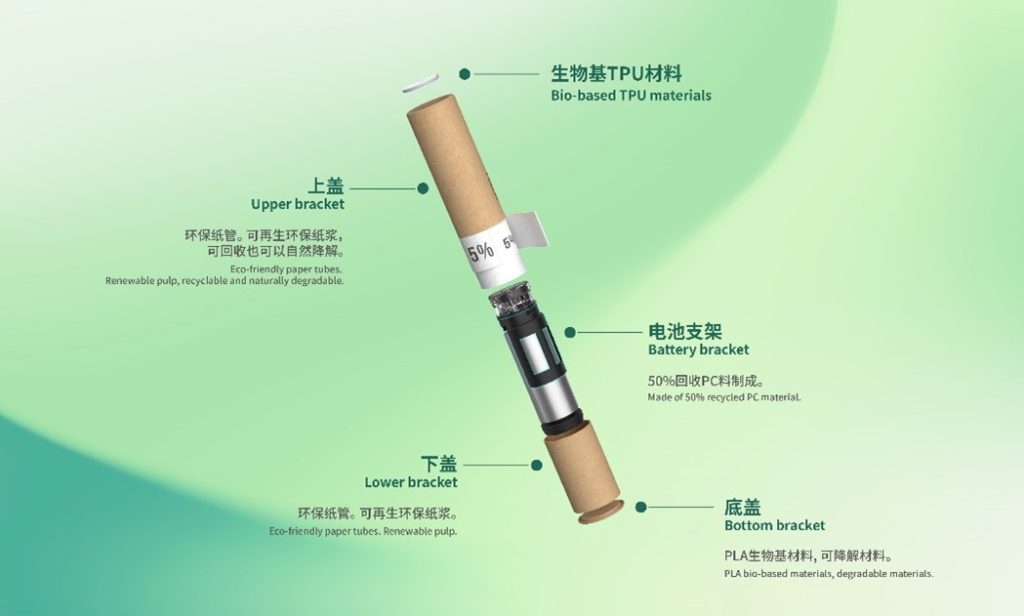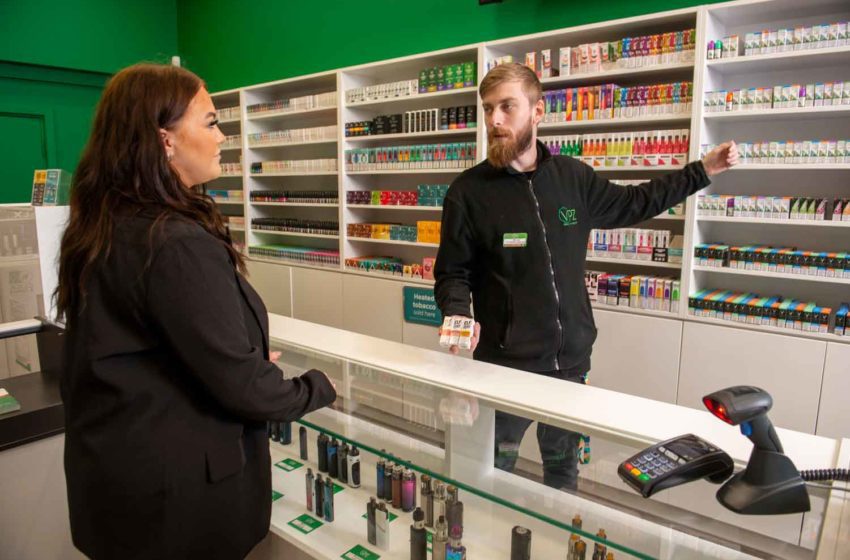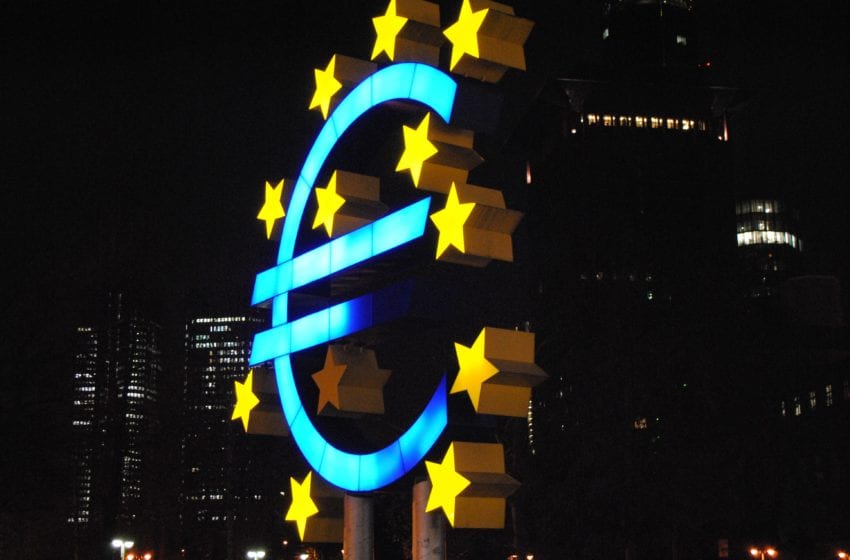Environmentally safer vapes are becoming popular as concerns over e-waste from vaping products grows. FEELM, the atomization technology platform belonging to Smoore, the world’s largest vape manufacturer, announced its new sustainable product series will be called FUTURE.
“FUTURE has been well-received in recent vaping exhibitions across Europe, and it demonstrates FEELM’s commitment to providing an environmentally friendly vaping solution,” a press release states.
FEELM uses a “product as the package” design that integrates FUTURE’s body and packaging, and uses recyclable paper rather than plastic. The device itself mostly contains post-consumer recycled (PCR) material or bio-based materials instead of its traditional counterparts This reducing plastic use by 60 percent and carbon emissions by 52 percent to 58 percent, according to FEELM.
FUTURE is designed to be disassembled and recycled with ease. Users can separate the internal components of the device, such as the battery core, plastic, and e-liquid tank, and recycle them separately, according to Totom Lu,director of FEELM’s design team.
“The series is our latest sustainable design concept, aiming to make it easier for consumers to dismantle and dispose of products responsibly, whilst solving the environmental problems caused by littering,” said Lu.
Environmental responsibility has become an industry priority in recent years. A study by Material Focus has shown that as many as 1.3 million devices using up to 10 tons of lithium are discarded each week. This is the equivalent to the battery use of 1,200 electric cars, according to Material Focus.
“Creating a solution to this is therefore vital, particularly as battery disposal regulations look set to change in the coming years,” the release states. “In the EU for example, disposable vapes will need to have removable and interchangeable batteries by 2025 at the earliest, according to the recently approved draft battery regulation.”
FEELM states that countries need to improve the collection and recycling of electronic equipment, and to make it easier for consumers to properly dispose of their vapes, regardless of manufacturer or brand. It would welcome any initiative that could standardize the free collection of disposable vapes at the point of sale, as well as awareness initiatives to educate consumers on the importance of recycling their devices properly.
“FEELM’s ESG team conducted a full life cycle analysis (LCA) of disposable vapes and established a product carbon footprint analysis model to identify the major sources of carbon emissions relating to disposable vapes, allowing for further carbon reduction,” the release states.
FEELM recently won the “Best Innovation Award” and was commended in the “Sustainable Vaping Award” category at the UK Vaping Industry Association’s recent conference. Smoore has been ranked as the global leader in the vaping industry by Sustainalytics and the MSCI.


